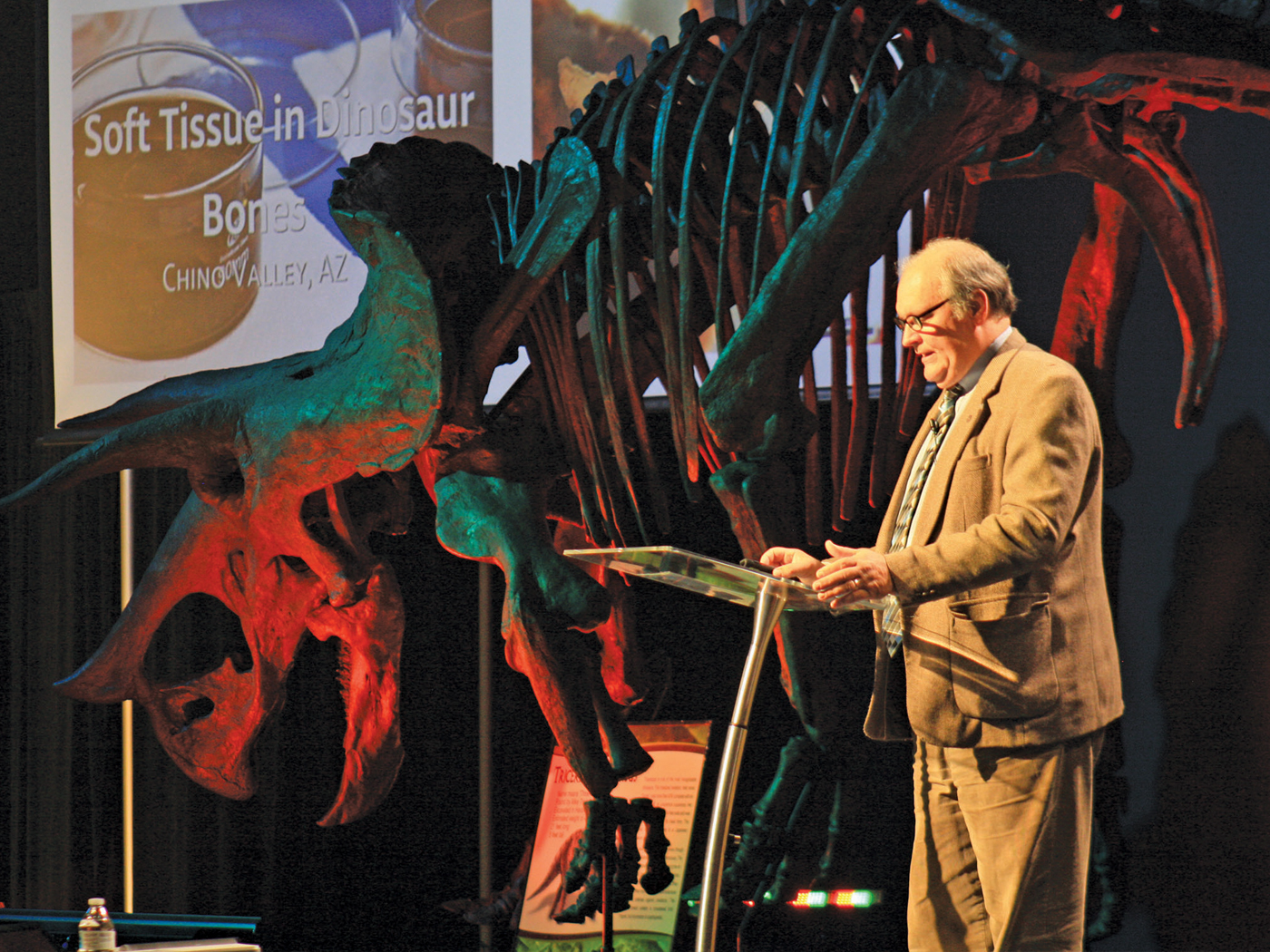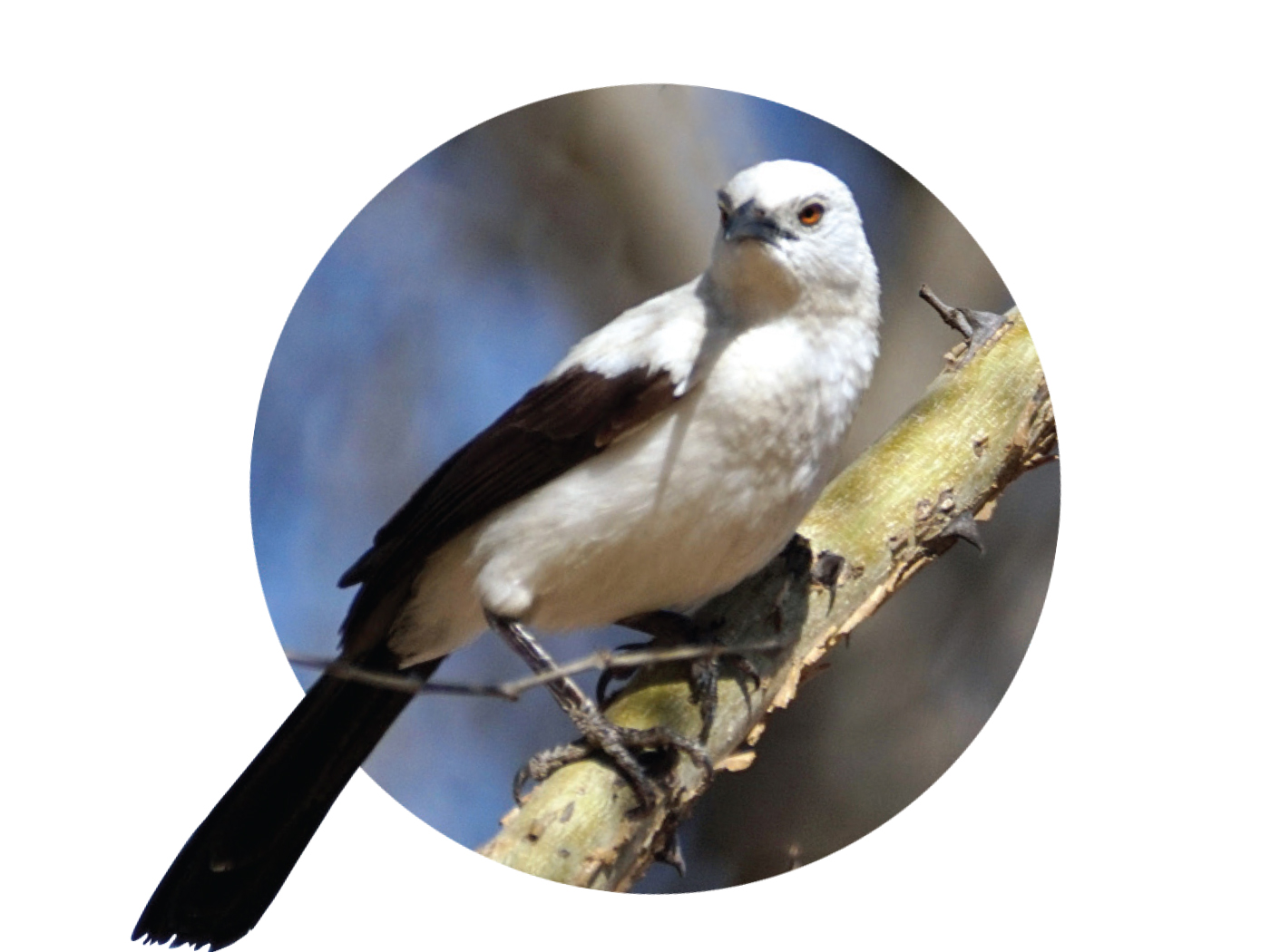Where and how did the first complicated structures (like eyes) arise through natural processes? Indiana University Biologist Armin Moczek told The Guardian, “We still do not have a good answer. This classic idea of gradual change, one happy accident at a time, has so far fallen flat.”1
How could such fundamentals fail after over a century ensconced in textbooks?
Biologist Olen Brown and systems simulation expert David A. Hullender detailed roadblocks for Darwin’s gradual evolution in their report published in Progress in Biophysics and Molecular Biology.2
Neo-Darwinism has long theorized that fitter individuals take over a population. Over long ages, the fittest individuals supposedly produced people from primordial soup. Brown and Hullender squarely criticized the capability of this paradigm, saying,
Thus, survival of the fittest is illogical when proposed as adequate for selecting the origination of all complex, major, new body-types and metabolic functions because the multiple changes in multiple genomes that are required have intermediate stages without advantage; selection would not reasonably occur, and disadvantage or death would logically prevail.2
If one could collect a nickel for every time a Darwin doubter has made this same rational argument over the last century, he could afford more than one cup of today’s fancy coffee.
For example, I wrote two years ago,
The imaginary process of transforming fish fins into human legs would leave the in-between creature either unable to swim or unable to walk. Take enough of a fish’s fins away on its supposed journey to land life, and it loses its ability to track down dinner before it becomes dinner.3
Whereas I invoked a supernatural solution to the total inadequacy of naturalistic evolution, this duo proposed a statistical approach to help find answers. Statistics might help analyze trends, but it takes an actual engineer—not some math formula—to build working mechanisms like legs and eyes.
This Progress in Biophysics and Molecular Biology report starts with sensible doubt about classic evolutionary tales, but its commitment to nature alone leaves readers just as lost for answers as before. Good thing the Bible has better answers. It tells all about a supernatural craftsman—exactly what this created world needed for it to look the way it does.
References
1. Buranyi, S. Do we need a new theory of evolution? The Guardian. Posted on theguardian.com June 28, 2022, accessed July 20, 2022.
2. Brown, O., and D. A. Hullender. Neo-Darwinism must Mutate to survive. Progress in Biophysics and Molecular Biology. 172: 24-38.
3. Thomas, B. 2020. How Can You Refute Evolution? Acts & Facts. 49 (11).
*Dr. Brian Thomas is Research Scientist at the Institute for Creation Research and earned his Ph.D. in paleobiochemistry from the University of Liverpool.
















